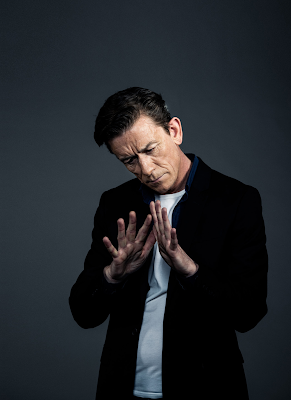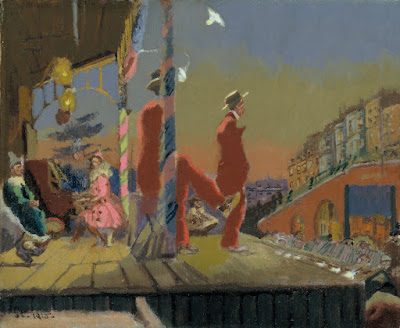Big Man at the Lyric Theatre, Belfast on the 28th October, 2022

Big Man at the Lyric Theatre, Belfast on the 28th October, 2022 A one hander like Big Man , or, in proper English, a dramatic monologue, is extremely difficult to sustain for 70 minutes or so. Usually, the audience become increasingly agitated at the thirty-minute mark and/or drifts away. So, it is to actor Tony Flynn's credit that he manages to engage with a personal account of a failed relationship. The anti-naturalistic stage and absence of props was vaguely reminiscent of German expressionism. A white stage riven with black cracks and a gaping white hole was alternately transformed into a black stage with white lines by James McFetridge's lighting design. Lighting was used throughout the play to offer the actor a spotlight when he provided a more intimate digression, part of his unfolding story. Flynn's anecdote about a gay relationship with a younger man in the Ardoyne rarely commented on sectarianism at all but shone a light into gay lifestyles or cultur




%20DACS,%202021.jpg)